WLFW
Do you have any thoughts on this post?
For farmers, ranchers, independent foresters, and other private landowners, conservation is a constant balancing act between pursuing ecological benefits and ensuring economic sustainability. Agricultural producers operate in a sea of market variables that put pressure on their operations, and successful efforts to conserve lands and waters can, in fact, complement growing operations.
This is exactly the aim of the Working Lands for Wildlife Program.
Since 2012, this Farm Bill program has empowered the voluntary conservation of priority habitat through the improvement of working landscapes, providing a win-win for wildlife and landowners. In partnership with state agencies, conservation groups, and landowners, the Natural Resources Conservation Service identifies priority species for conservation through WLFW, and so it has become an important tool in averting the need for costly endangered species protections. Click here for a map outlining existing WLFW species initiatives in 2021.
The iconic bobwhite quail has been a target species of the WLFW program since 2017. Bobwhites are considered an “edge” bird and can be found along crop fields, as they demand a variety of grassy cover and forbs to provide food, shelter, and protection. But bobwhite populations have fallen by over 80 percent in the last three decades because of habitat conversion, fragmentation, and degradation.
Fortunately, the WLFW Bobwhite Initiative has facilitated motivated state conservationists and partner groups—like Quail Forever and the National Bobwhite Conservation Initiative—as well as landowners, to leverage federal funds and technical assistance available through WLFW to the species’ advantage.
The WLFW Bobwhite Quail Initiative is currently underway in 24 states, and was recently expanded through the renewed 2022 WLFW Bobwhite, Grasslands, and Savannas Framework for Conservation Action—which sets program goals for the next five years.
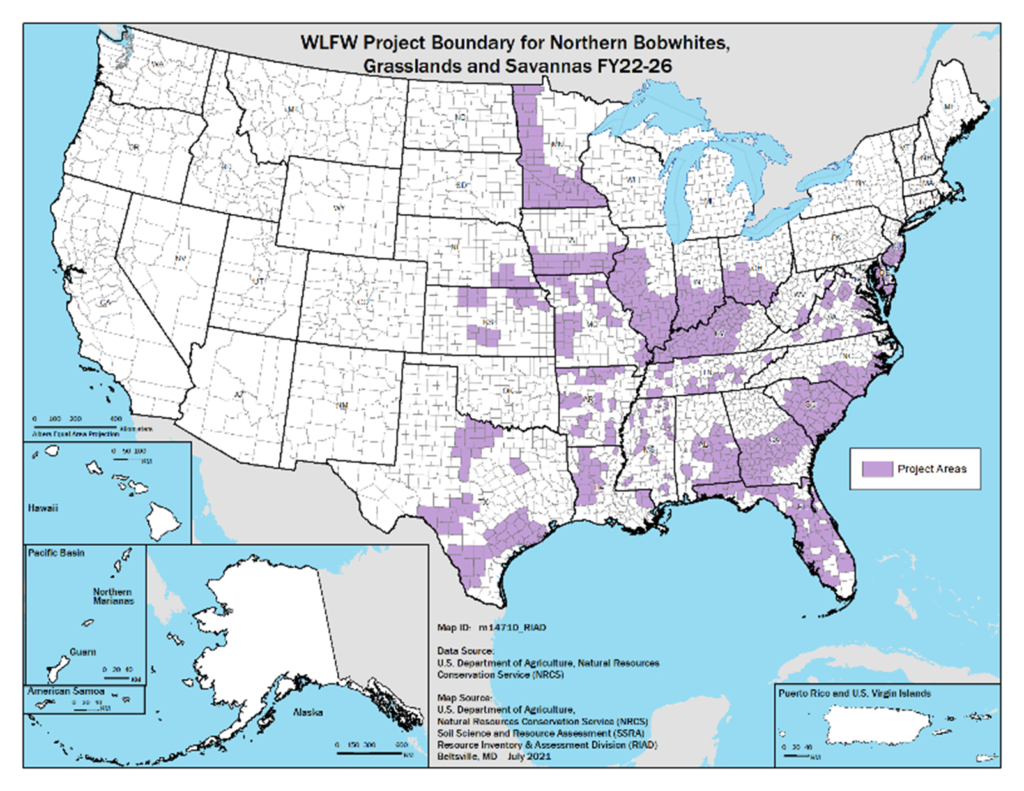 The 2022 framework sets an ambitious course for the future of grassland and quail habitat conservation in the central and eastern U.S.: Through Fiscal Year 2026, the NRCS intends to conserve 7 million acres of bobwhite habitat through the WLFW initiative.
The 2022 framework sets an ambitious course for the future of grassland and quail habitat conservation in the central and eastern U.S.: Through Fiscal Year 2026, the NRCS intends to conserve 7 million acres of bobwhite habitat through the WLFW initiative.
With technical assistance from the NRCS, state and NGO partners will prioritize areas where there is the greatest need and practices that will make the biggest impact, such as the removal and monitoring of invasive trees across native grass ranges in Kansas. In states like Georgia and South Carolina, brush management and timber thinning will restore the health of forest stands and return undergrowth for brooding, nesting, and winter habitat. Several other states will seek easement agreements with landowners to secure habitat that is under threat.
Recovering bobwhite quail populations will take many years and require the thoughtful, collaborative model of conservation showcased by the Working Lands for Wildlife Program. Fortunately, conservation practices have wide-reaching impacts, from reducing input costs and increasing yields for producers to sequestering carbon and improving water quality. Enhanced habitat and connectivity for bobwhite quail will also benefit songbirds, pollinators, and countless other species—creating an ecosystem-wide impact that multiplies conservation value.
The thoughtful implementation of the WLFW program, as well as others in the Farm Bill’s conservation title, provides locally led efforts with the financial and technical support to reverse decades of habitat loss. We’re eager to see that work continue. Click here to learn more about our goals for the next Farm Bill.
Anglers up and down the Atlantic coast know that the quality of striped bass fishing has deteriorated significantly over the past decade. In fact, a 2018 stock assessment conducted by the Atlantic States Marine Fisheries Commission—the interstate body responsible for managing striped bass and other near-shore species—confirmed that the species has been overfished since 2013.
These findings tripped existing management triggers, and the ASMFC responded by mandating an 18-percent reduction in catch in 2020 to try and end overfishing and begin rebuilding the striped bass population. Commissioners also mandated the use of circle hooks when fishing with bait, created a slot limit, and continued a bag limit of one fish per angler. Separately, the commission is also reining in the menhaden reduction industry, which should provide more food for bass and other predators.
We will find out how much those measures helped later this year, when the updated stock assessment will be released. What we’re seeing on the water and in annual data collection, like the Maryland Young of the Year Study, indicates that the population is still in trouble.
In order to end overfishing and rebuild the striped bass stock, the ASMFC is currently going through a major overhaul of the Fisheries Management Plan that regulates striped bass. Through a proposed update known as Amendment 7, fisheries managers are looking to institutionalize changes to the FMP that will prevent striped bass from ending up in this depleted state in the future. This is the first overhaul of the FMP since 2003.
The proposed amendment is extremely technical, and the ASMFC is asking for public comment on a long list of management measures. You can count on the TRCP and our recreational fishing partners to respond in detail, but here is a quick summary of the four areas where updates to striped bass management are being considered.
In what is by far the most complicated part of the amendment, the ASMFC is considering changes to the multiple triggers that determine when they are required to take management action in response to a decline in the striped bass population. Under this system, a combination of factors—including more striper deaths annually, fewer large egg-laying females, and fewer juvenile fish—trigger the ASMFC to take corrective actions.
One option being considered in this section includes extending the amount of time the commission has to respond when triggers are tripped. We’ll be opposing this, as the declining stock should be addressed and rebuilt as soon as possible. The ASMFC should not have the option to defer management action.
The popularity of catch-and-release striped bass fishing, combined with size and bag limits, creates a high proportion of fish being released. Post-release mortality—or the number of fish that die after being released—currently accounts for the highest percentage of striped bass deaths.
This section of the amendment introduces management options to reduce fishing mortality through seasonal closures, gear restrictions, and angler education. The introduction of circle hooks in 2020 was the first step. Seasonal closures of fishing during spawning periods and education of anglers on proper handling and release practices should be adopted to further reduce the number of dead striped bass. Anglers need to learn that even if a fish swims away when released, it still might die if it wasn’t handled and released properly.
This section considers whether to empower the ASMFC to respond quickly to the results of the October 2022 stock assessment, rather than going through a full addendum process. This should be supported to rebuild the striped bass stock as quickly as possible.
Individual states have the option of submitting alternative fishing plans that try and achieve the same level of conservation as the Fisheries Management Plan standards. It is the responsibility of the state to demonstrate that the proposed management program is equivalent and consistent with the FMP standards, but historically this has created regulatory inconsistency among states.
The current use of conservation equivalency for striped bass is not working. In fact, it has resulted in fishing mortality that exceeds the target for striped bass. For this reason, the TRCP supports the position that conservation equivalency cannot be used when the stock is overfished.
If you care about striped bass fishing, this amendment process is significant. These are complex issues, and the health of striped bass populations is on the line. Anglers can tune in to the Amendment 7 public hearings in your home state or send comments directly to the ASMFC.
This is a detailed guide put together by our partners at the American Sportfishing Association, if you want to drill down on each issue. The TRCP agrees with ASA on these positions.
The TRCP will join other recreational fishing leaders in sending a formal letter to the ASMFC outlining our recommendations. We’ll also be engaging the commission directly to talk through policy solutions to end overfishing and rebuild this iconic fishery.
Top photo courtesy of Joe Manansala / Woozy Fishing via Flickr.
Today, 51 hunting, fishing, conservation, landowner, and business organizations representing the $689-billion outdoor recreation economy and millions of Americans wrote to the Biden-Harris Administration with several key recommendations for implementation of the landmark Infrastructure Investment and Jobs Act.
Enacted into law on November 15, 2021, the $1.2-trillion IIJA provides a critical infusion of resources to advance infrastructure solutions that recognize the value of natural systems and enhance climate resilience, while connecting Americans to their public lands and waters. Our community worked with Congress to secure critical funding in the IIJA package to advance wildlife crossings, ensure aquatic connectivity and fish passage, implement natural infrastructure solutions, prioritize clean water, and restore habitat across the country.
As the administration moves forward with IIJA implementation, our community is making recommendations to the Biden-Harris Administration in several key areas:
We believe these recommendations will help to ensure this critical federal funding advances conservation and recreation at scale and results in lasting, durable solutions to address the most pressing infrastructure challenges facing our nation.
“The commitment that Congress and the Biden-Harris Administration made to our nation’s land, water, and wildlife through enactment of the bipartisan infrastructure package was a major victory, but how we put these critical investments on the ground matters just as much,” says Whit Fosburgh, president and CEO of the Theodore Roosevelt Conservation Partnership. “Our coalition includes organizations that do significant work to implement projects on-the-ground, and our partnerships can provide a lot of value to agencies that are rolling out these infrastructure dollars.”
“The states welcome the opportunity to collaborate with our federal partners on implementing the landmark Infrastructure Investment and Jobs Act (IIJA),” says Tony Wasley, director of the Nevada Department of Wildlife and president of the Association of Fish and Wildlife Agencies. “This infusion of federal funding will help us to strategically build upon existing fish and wildlife conservation efforts and expand outdoor recreational opportunities for all to enjoy.”
The letter is cosigned by the American Sportfishing Association, Association of Fish and Wildlife Agencies, Boone and Crockett Club, Congressional Sportsmen’s Foundation, Ducks Unlimited, Mule Deer Foundation, Outdoor Industry Association, Outdoor Recreation Roundtable, Pheasants Forever/Quail Forever, The Nature Conservancy, Theodore Roosevelt Conservation Partnership, Trout Unlimited, Wild Salmon Center, Wildlife Mississippi, and 36 other partner organizations. Read the full letter here.
Letter recipients include the Secretaries of Interior, Transportation, Agriculture, and Commerce; Chair of the Council on Environmental Quality; and senior leadership at federal natural resource management agencies, including the Army Corps of Engineers, Environmental Protection Agency, Federal Emergency Management Agency, U.S. Fish and Wildlife Service, Bureau of Land Management, Natural Resources Conservation Service, U.S. Forest Service, National Marine Fisheries Service, Federal Highway Administration, and the Bureau of Reclamation.
We’re sharing firsthand accounts of how private land conservation programs are helping landowners not only to improve their soil quality and enhance wildlife habitat, but also to provide equitable hunting and fishing opportunities in rural communities.
Ashly and Stacy Steinke hunt, fish, raise three boys, and practice regenerative farming near Cornell, Wisconsin. With the help of multiple Farm Bill conservation programs, they have also been able to restore over 200 acres of wetlands, revive stream flows and water quality, install wildlife-friendly fencing, and implement conservation practices that benefit their grass-fed beef business.
Ashly tells their story:
Some of my earliest memories are of my dad bringing home animals from his hunts—I couldn’t wait to be a hunter like him. Then, I think in 1989, wild turkeys were reintroduced into my home county, right on the farm where my dad grew up. In the years that followed, we spent countless days just out watching those turkeys on the landscape, and I became obsessed with wildlife. In high school, I was further encouraged by an ecology teacher, Mike Harden, who was also passionate about wildlife and conservation. He took the time out of his evenings in the spring to take us to watch peenting woodcock and had us read A Sand County Almanac. (I’ve probably read it five times since then.) And so it really was a natural decision for me to attend college and graduate school for wildlife management.
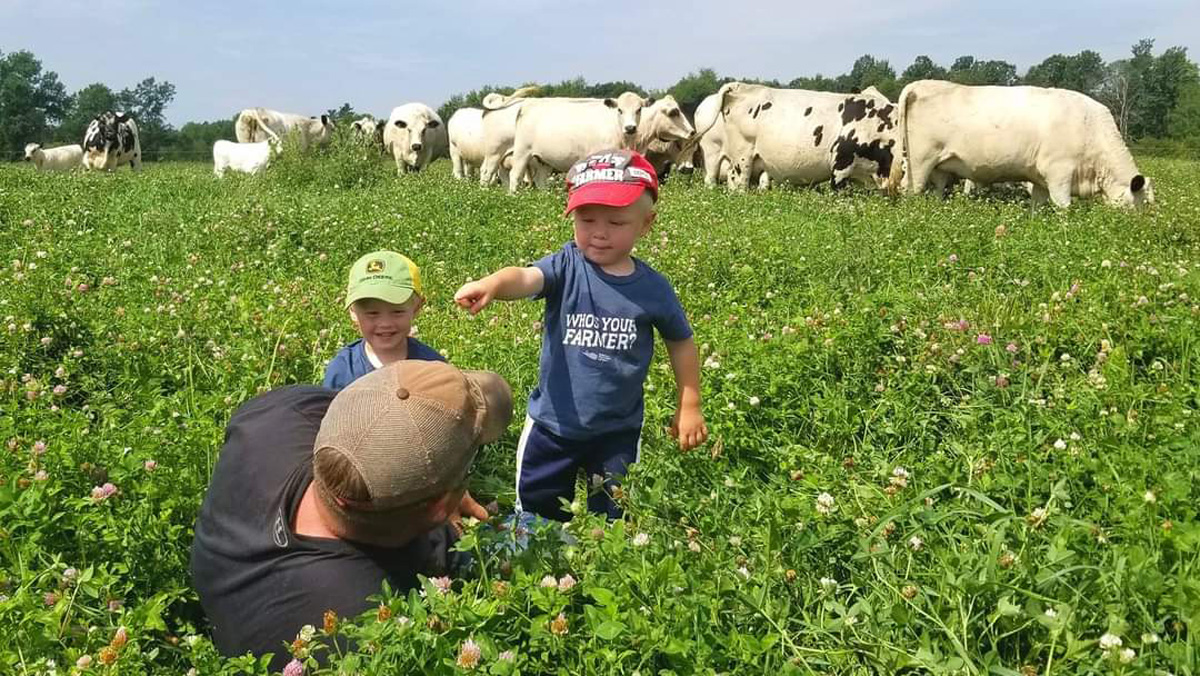
I was working as a wildlife biologist when I first got to know the impact of private land conservation on fish and wildlife species, but I never saw these programs getting enough recognition. Then my wife Stacy and I decided to restore about 15 acres of wetlands on the first property we bought as a couple, back in 2010. That’s when I saw the power of restoration firsthand.
We converted an old, cool-season field dominated by invasive knapweed to a high-quality, native warm-season planting and buffered a worn-out stream with about 8,000 trees. I think the most important thing we learned from that project was how doable this kind of conservation work is and how many opportunities exist. It is still so rewarding to walk that property and see the results. And we still hunt wood ducks on that restored creek!
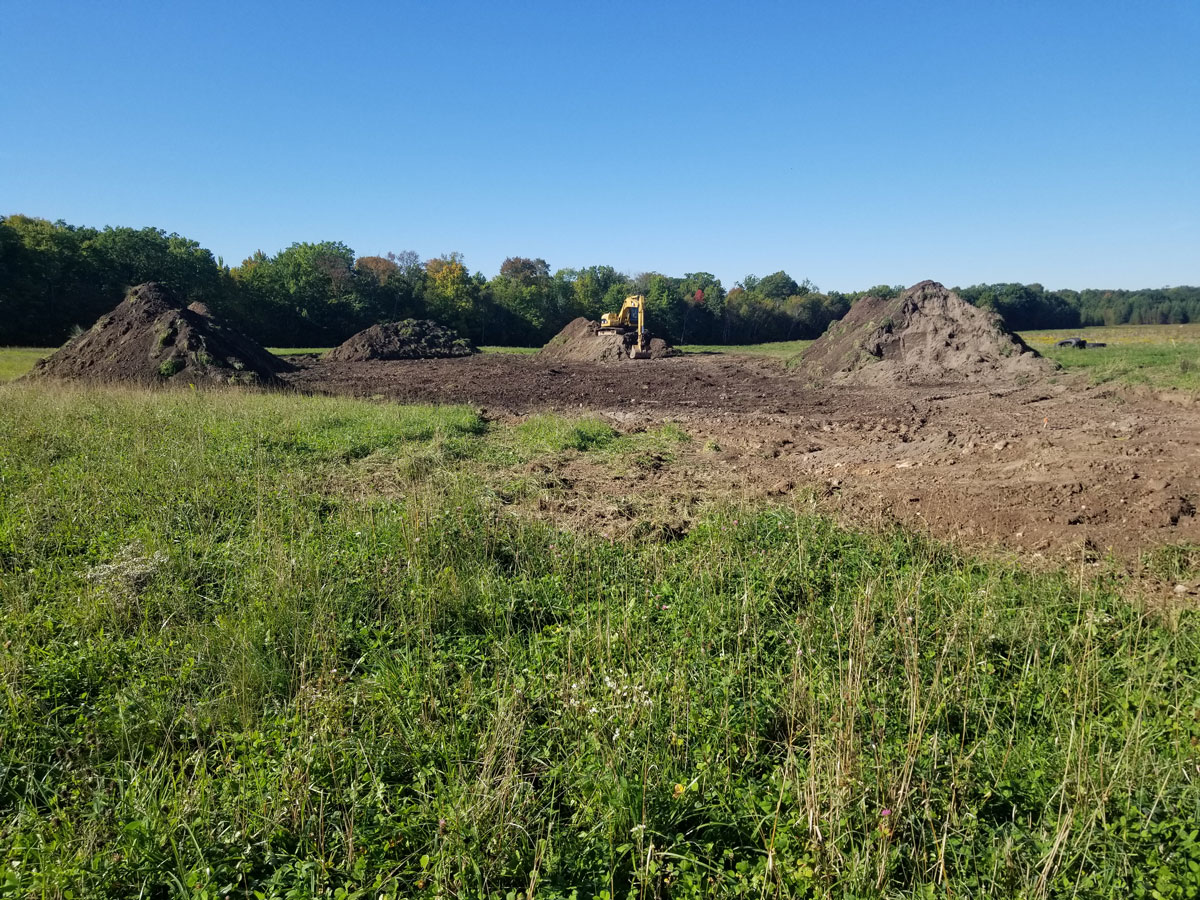
We bought our farm in 2014 after owning a successful wetland consulting business, and we started raising grass-fed cattle here almost right away. Now, we also run an Airbnb on the property, where there are opportunities to view wildlife—and our bulls—right from the firepit.
This land is also where we are raising our three young boys in the country lifestyle. Even though it is harder to hunt and fish with young kids, it is so rewarding to watch them become immersed in nature and the hunting and fishing lifestyle. We go ice fishing in the winter, hunt turkeys in the spring, catch catfish in the summer, and hunt geese and deer in the winter.
Our long-term goals are to make our land the best that we can—both to support our family and to have quality wildlife habitat resulting in excellent hunting for family and friends. It is our hope that our children will pick up this conservation ethic and want to put their stamp on this land when it is their turn.
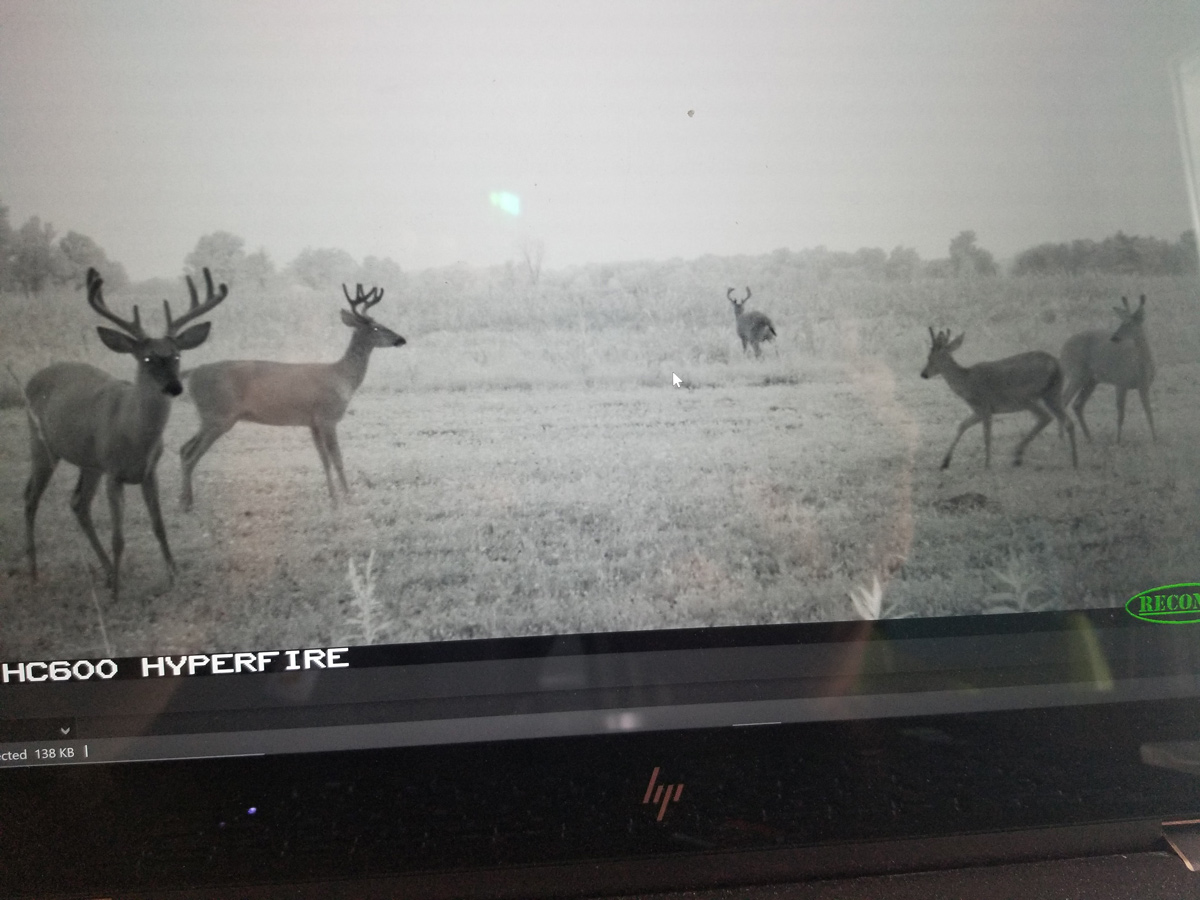
With this in mind, the first Farm Bill conservation project we did on our farm was a Conservation Reserve Enhancement Program project, where we restored 47 acres of native upland prairie and wetland habitat. Nine wetland basins were restored, resulting in almost zero runoff leaving that part of our farm. The newly restored grassland and wetland habitat is home to an incredible diversity of wildlife, from bobolinks to a pair of trumpeter swans. We have documented 15 different species of waterfowl using these restored wetlands.
Later, we relied on the Conservation Reserve Enhancement Program again to create a 12-acre buffer along a stream through our fields. We planted approximately 3,000 trees along the riparian corridor to help filter water from ag fields before it enters the stream.
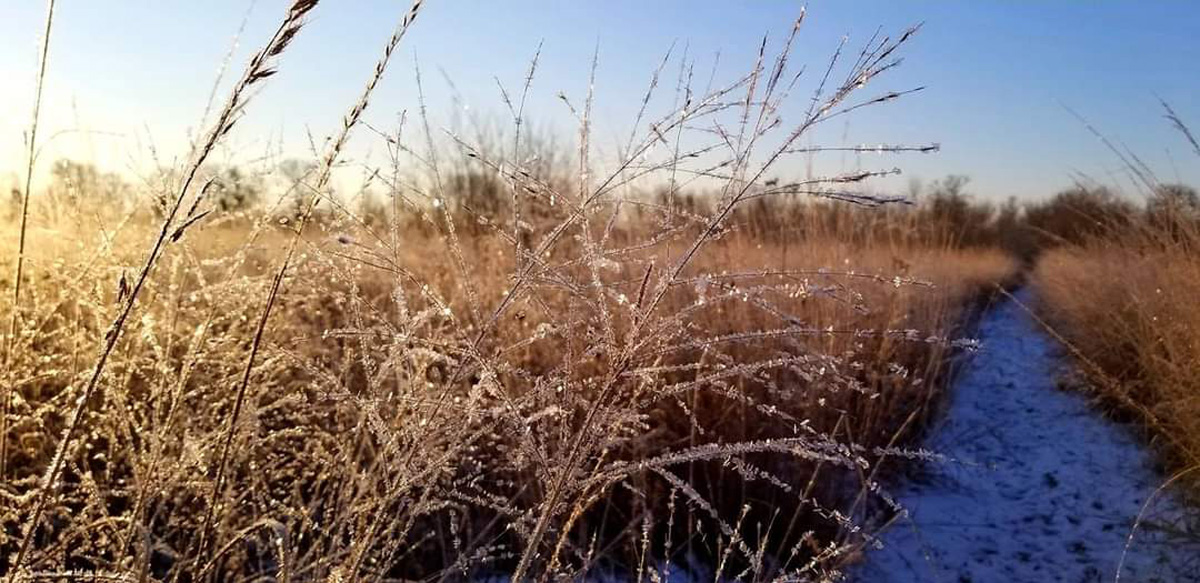
Next, we utilized the Environmental Quality Incentive Program for a forage and biomass planting and a grazing incentive. This helped us transition from the intensive tillage and row cropping practices of the previous landowner to a perennial, grass-based system. The soil health, water quality, and wildlife habitat benefits are striking when spending time in the pastures. You can see it in the invertebrate life underground and the butterflies and grassland songbirds who make our pastures home.
We are currently in the fifth and final year of a Conservation Stewardship Program contract, which has helped us to remove miles of barbed wire fencing and replace it with high-tensile, wildlife-friendly fencing. We also planted and continue to maintain a seven-acre monarch pollinator planting, and we leave standing grain for wildlife in the winter. We look forward to adding more projects for a future CSP contract.
We have restored over 200 acres of wetlands and associated upland plantings to date.
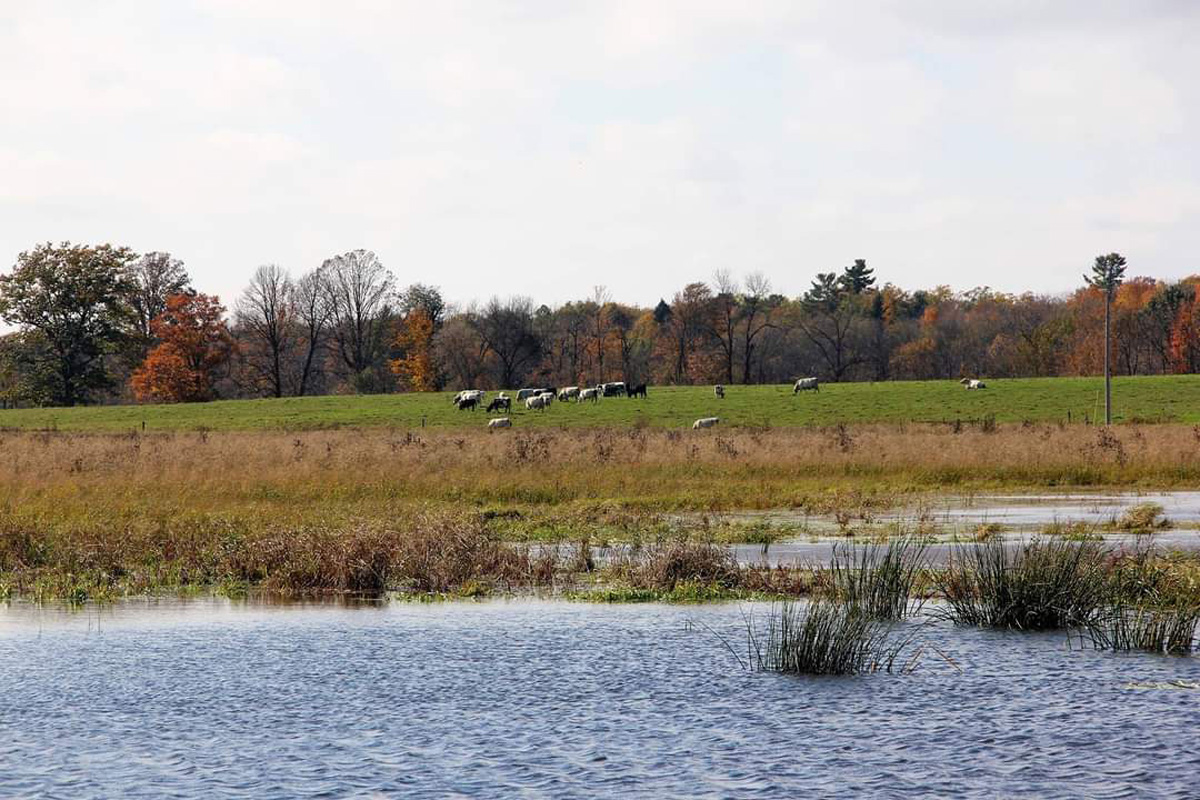
It is amazing how fast wetland animals like muskrats move into newly restored sites. It is so fun seeing a nesting pair of Canada geese on a muskrat hut just two years post-restoration. Probably the most obvious sign of the improvements is the variety of bird life, from swallows hunting bugs to broods of blue-winged teal. You can’t miss the cacophony of sound they make.
When beavers cut down the aspen trees we planted 10 years earlier, I considered that the greatest compliment I could receive as a conservationist!
I think we are like anywhere else in the country where we have a landscape highly dominated by corn-soybean rotation. This is of no fault to those growers as they are making a living how they see fit and we need farmers on the landscape. However, I feel that we can still make big differences for wildlife by not farming the poor areas of the field, utilizing no-till practices, and planting cover crops. In addition, many young farmers today are introducing cattle back to the landscape and utilizing managed grazing on their operations. All of these practices are proven as conservation success stories. I think we are on the right track of getting to where we need to be as agricultural producers leading the way in conservation.
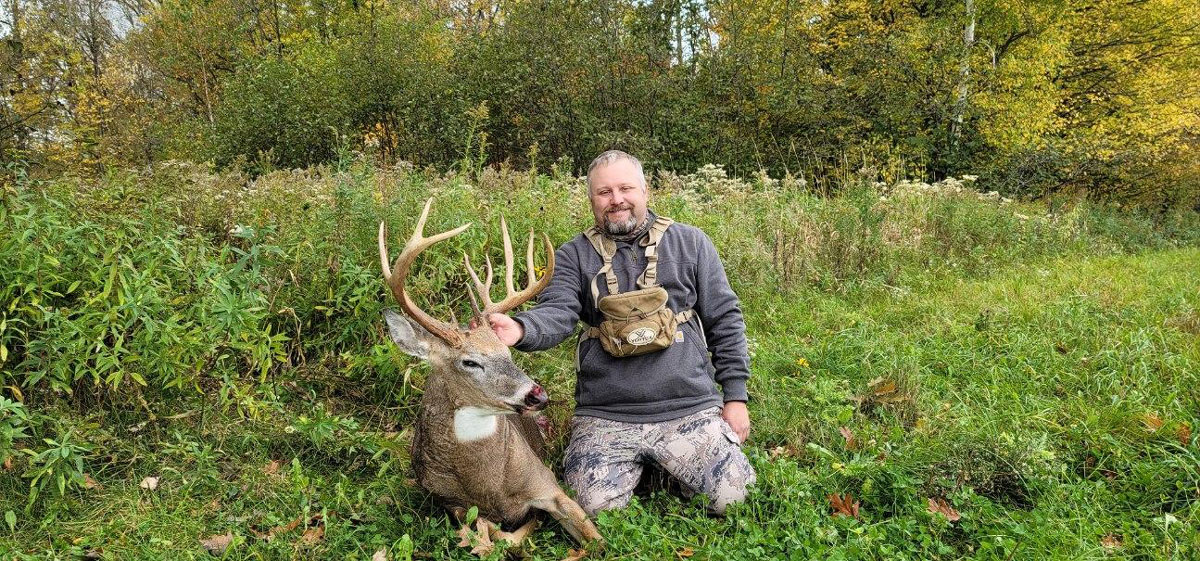
Private lands, including those that have been enhanced using Farm Bill dollars, are also creating equitable hunting and fishing opportunities. In our immediate area, we have several properties that are enrolled in a walk-in access program that is funded through the Farm Bill’s Voluntary Public Access and Habitat Incentive Program. Many other farmers I know still open their properties to hunting through a warm handshake and a trust that the hunter will leave the property as they found it.
But we also have more—and healthier—habitat available on these private lands, and so there are better hunting and fishing opportunities for those using nearby public land access.
I wish that every hunter and angler was aware of how these programs are approved and funded by our government and that there is a need for all of us to advocate for the dollars that put these practices on the landscape. The conservation title makes up such a small percentage of the Farm Bill, but it can play such a huge role in boosting wildlife populations. I’ve seen it firsthand.
Learn more about the benefits of Farm Bill conservation programs here.
Theodore Roosevelt’s experiences hunting and fishing certainly fueled his passion for conservation, but it seems that a passion for coffee may have powered his mornings. In fact, Roosevelt’s son once said that his father’s coffee cup was “more in the nature of a bathtub.” TRCP has partnered with Afuera Coffee Co. to bring together his two loves: a strong morning brew and a dedication to conservation. With your purchase, you’ll not only enjoy waking up to the rich aroma of this bolder roast—you’ll be supporting the important work of preserving hunting and fishing opportunities for all.
$4 from each bag is donated to the TRCP, to help continue their efforts of safeguarding critical habitats, productive hunting grounds, and favorite fishing holes for future generations.
Learn More
